Discover 11 hidden attractions, cool sights, and unusual things to do in Gwangju (South Korea). Don't miss out on these must-see attractions: Asia Culture Center, May 18th National Cemetery, and Gwangju World Cup Stadium. Also, be sure to include Gwangju National Museum in your itinerary.
Below, you can find the list of the most amazing places you should visit in Gwangju (Gwangju).
Table of Contents
Asia Culture Center

The Asia Culture Center, also referred to as ACC, is an arts complex in Gwangju, South Korea. It was opened in November 2015. It consists of five main buildings: the ACC Culture Exchange; the ACC Children; the ACC Archive & Research; the ACC Creation; and the ACC Theater. The center is a member of South Korea's Ministry of Culture, Sports and Tourism.[1]
Address: 38, Munhwajeondang-ro, Dong-gu, 61485 Gwangju
May 18th National Cemetery
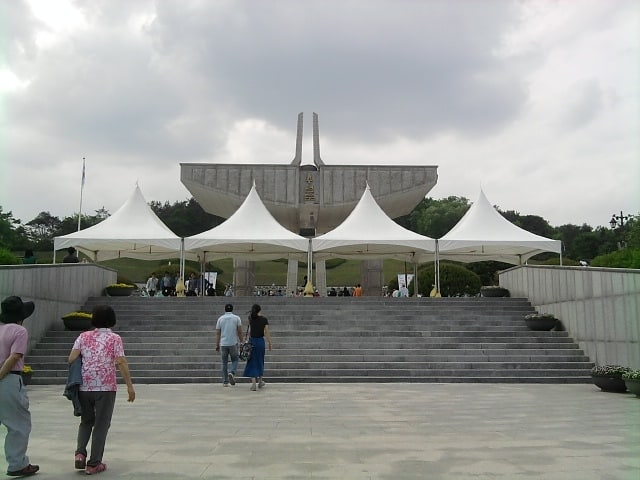
Also known as: 국립5·18민주묘지
Cemetery in Gwangju, South Korea. May 18th National Cemetery is a cemetery for those who participated in the Gwangju Uprising. Built by the government of South Korea in 1997, it is located in Gwangju. Every May, on the anniversary of the uprising, it is common for citizens to visit the cemetery to honor the dead.[2]
Address: 200 Minju-ro, Buk-gu, 61045 Gwangju
Gwangju World Cup Stadium

Also known as: 광주월드컵경기장
Multi-purpose stadium in Gwangju, South Korea. The Gwangju World Cup Stadium is a multi-purpose stadium in the South Korean city of Gwangju. It is managed by the Sports Support Division of the Culture & Sports Policy Office of the Gwangju Metropolitan city. Initially the stadium was named Gwangju World Cup Stadium to host some matches of the 2002 FIFA World Cup. To honour the former South Korean national team coach Guus Hiddink, who helped the team advance to the semi-finals, for the first time in its history, by defeating Spain in this stadium, they have also named it the Guus Hiddink Stadium.
It is the home stadium of Gwangju FC of the Korea Professional Football League (K League) and has a capacity of 40,245.
It was also the venue for the 3rd Asia Song Festival, organised by Korea Foundation for International Culture Exchange, in 2006.
It was also the main venue for 2015 Summer Universiade.[3]
Address: 서구 금화로 240, 62048 광주광역시
Gwangju National Museum
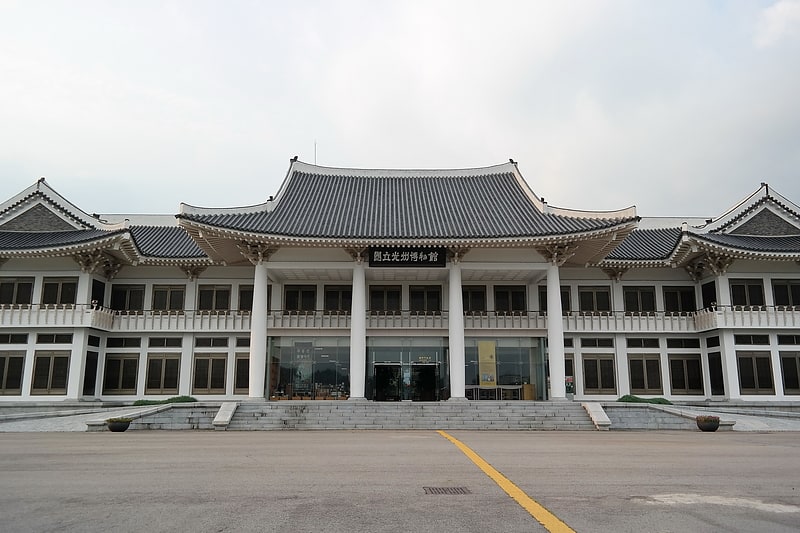
Also known as: 국립광주박물관
Showcase for historic objects. Gwangju National Museum is a national museum located in Gwangju, South Korea. The museum opened in 1978.[4]
Address: 110, Haseo-ro, Buk-gu, 61066 Gwangju
Wongaksa
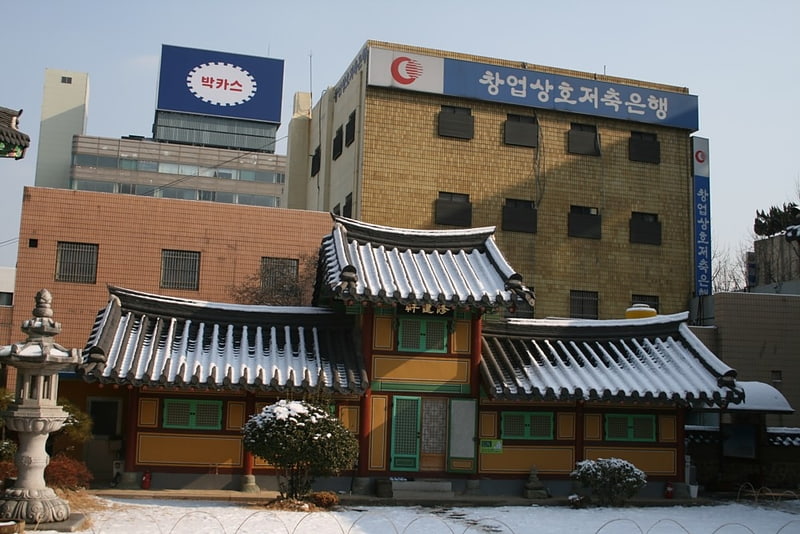
Temple in Philadelphia, Pennsylvania. Wonga Temple or Wongaksa is a South Korean Buddhist temple on the Geumnam street in the Dong-gu district, Gwangju city. Situated in the downtown of the metropolitan city, this is a branch temple of the Songgwang temple in Suncheon and belongs to the Jogye Order of Korean Buddhism. It was founded in 1914 by Master Geumbong Girim of Seonam temple as its missionary center in Gwangju.[5]
Mudeungsan National Park

City park in Gwangju, South Korea. Mudeungsan National Park, previously Mudeungsan Provincial Park, is located in the city of Gwangju and the province of Jeollanam-do, South Korea. The park was designated a provincial park on 22 May 1972 and was upgraded to national park status in 2012, making it South Korea's 21st national park. The park has an area of 75.45 km2 and is named after the 1,187 m tall Mudeungsan.[6]
Address: Jisan-dong, Dong-gu, Gwangju
May 18 Archives
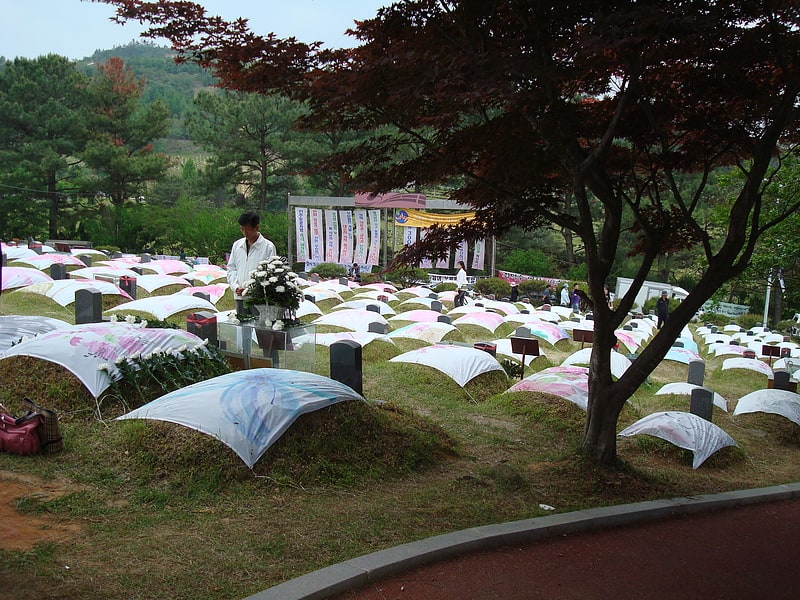
The Gwangju Uprising was a popular uprising in the city of Gwangju, South Korea, from May 18 to May 27, 1980, which pitted local, armed citizens against soldiers and police of the South Korean government. The event is sometimes called 5·18, in reference to the date the movement began. The uprising is also known as the Gwangju Democratization Struggle, the Gwangju Massacre, the May 18 Democratic Uprising, or the May 18 Gwangju Democratization Movement.
The uprising began after local Chonnam University students who were demonstrating against the martial law government were fired upon, killed, raped and beaten by government troops. Some Gwangju citizens took up arms, raiding local police stations and armouries, and were able to take control of large sections of the city before soldiers re-entered the city and put down the uprising. At the time, the South Korean government reported estimates of around 170 people killed, but other estimates have measured 600 to 2,300 people killed. During Chun Doo-hwan's unelected presidency, the authorities defined the incident by classifying it as the ''Gwangju Riot,'' and claimed that it was being instigated by "communist sympathizers and rioters", possibly acting on support of the North Korean government.
Denial of or support for the Gwangju Uprising has long acted as a litmus test between conservative and far-right groups and beliefs, and mainstream and progressive sectors of the population, within modern Korean politics. The far-right groups have sought to discredit the uprising. One such argument points to the fact that it occurred before Chun Doo-hwan officially took office, and so contend that it could not really have been a simple student protest against him that started it. However, Chun Doo-hwan had become the de facto leader of South Korea at that time since coming into power on December 12, 1979, after leading a successful military coup against the previous South Korean government which was itself also authoritarian.
In 1997, a national cemetery and day of commemoration (May 18), along with acts to "compensate, and restore honor" to victims, were established. Later investigations would confirm various atrocities which had been committed by the army. In 2011, 1980 Archives for the May 18th Democratic Uprising against Military Regime located in Gwangju's city hall were inscribed on the UNESCO Memory of the World Register.[7]
Chosun University
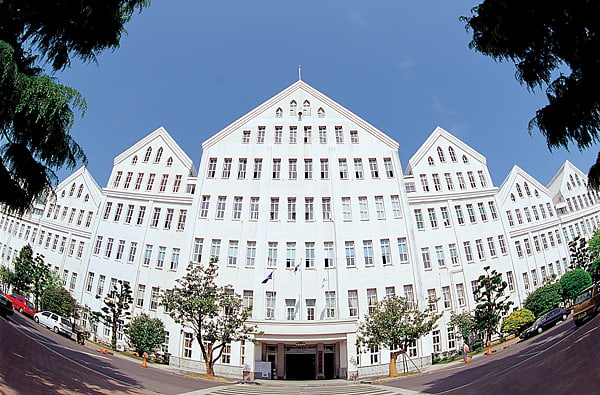
Also known as: 조선대학교
Private university in Gwangju, South Korea. Chosun University is one of the oldest private universities in South Korea. Its campus is situated in Gwangju metropolitan city, in southwestern South Korea. Around 33,000 students are enrolled.[8]
Mudeungsan
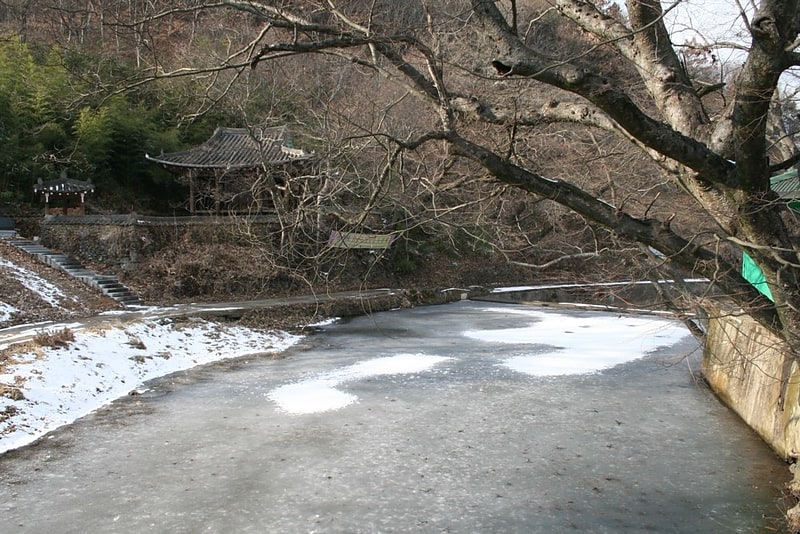
Also known as: 무등산
Mountain in South Korea. Mudeungsan is a mountain in South Korea. It extends over the district of Buk-gu in the city of Gwangju, as well as Hwasun County and Damyang County in the province of Jeollanam-do. Mudeungsan has an elevation of 1,187 m and is a part of Mudeungsan National Park which gained national park status in 2012. The peak of Mudeungsan is named Cheonwang summit, but it has been designated as a protection zone for air force military installations. Therefore the highest spot the climbers can ascend without special permission is Seoseokdae Rock, with an elevation of 1,100 m.
Looking from the summit, Hallasan in Jeju Island and Geojedo in Namhae, Gyeongsangnam-do can be seen.[9]
Chosun University Museum
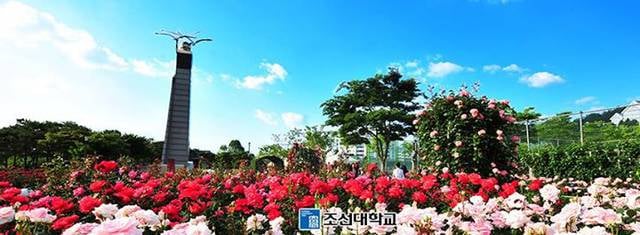
Museum
Address: 309 Pilmun-daero Dong-gu, Gwangju
Seo District
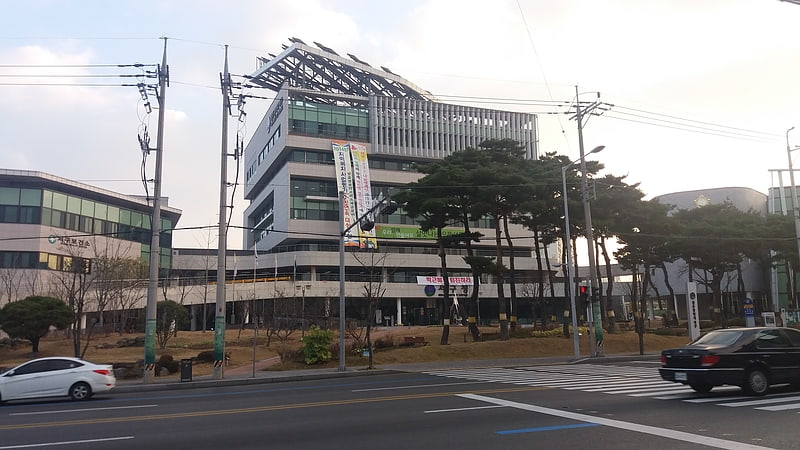
Also known as: 서구
Seo District is a district of Gwangju, South Korea. Its hanja transcription means "west district", but it is in the center of the city. Its city hall and a convention center are famous landmarks in the district.[10]